Why Super Bowl Won’t Pay Kendrick Lamar for the Performance
Despite Kendrick Lamar’s electric performance at the Super Bowl halftime show, he won’t get a paycheck for it. Not a dime. And no, this isn’t a conspiracy theory—it’s the NFL’s worst-kept secret.
For years, the league has operated under a simple mantra: You don’t pay us; we don’t pay you. But why would a global superstar like Lamar, a Pulitzer Prize-winning artist with a diamond-certified catalog, agree to perform for free?
The answer lies in the Super Bowl’s unique alchemy of exposure, legacy, and cold, hard economics. Let’s unpack this.
The NFL’s “No Paycheck” Playbook
The NFL’s refusal to pay halftime performers isn’t personal—it’s policy. In 2023, Rihanna famously took the stage in Arizona while nine months pregnant, belting out hits like “Umbrella” and “Diamonds.” Did she get a cut of the 7billiontheNFLreportedlyearnsannually?
Nope. Instead, the league covered the show’s production costs while Rihanna’s team leveraged the platform to relaunch her brand after a seven-year hiatus. Her music sales spiked 390% post-show.
The pattern holds. When The Weeknd performed in 2021, he reportedly spent $7 million of his own money to enhance his dystopian set. His reward? A 41% surge in streaming revenue and a career-high 103 million Instagram followers. Even Shakira and Jennifer Lopez’s electrifying 2020 performance—which drew 200 million YouTube views—came with no artist fees.
The NFL’s stance is clear: We offer the stage; you reap the rewards.
But Wait… What About the Artists’ Costs?
Critics argue the NFL’s model is exploitative, especially when artists front production expenses. In 2022, Dr. Dre, Snoop Dogg, Eminem, and Mary J. Blige delivered a hip-hop history lesson in Los Angeles. While the NFL covered staging, Dre allegedly invested millions in “extras” to perfect the show. Yet, the cultural clout was undeniable—the performance racked up 29 million tweets and boosted Dre’s net worth by $50 million, according to Forbes.
The Super Bowl averages 100–120 million U.S. viewers, plus global streams. For artists, that’s equivalent to years of touring and marketing condensed into 13 minutes.
As Jay-Z, whose Roc Nation now co-produces the halftime show, once said: “You can’t buy that kind of visibility.”
Why Lamar would Say “Yes” to $0
Kendrick Lamar isn’t just any artist. He’s a generational voice whose work dissects race, politics, and identity. A Super Bowl slot would amplify his message to Middle America—a demographic that might not stream Mr. Morale & The Big Steppers on repeat.
But let’s be real: Kendrick is also a businessman. When he headlined Glastonbury in 2022, he reportedly earned $4 million. So why play for free?
- The Post-Show Bump: After Rihanna’s 2023 show, her back catalog streams jumped 385%. Kendrick’s streams (currently 15 million monthly on Spotify) could skyrocket, padding his royalties.
- Tour Fuel: A 2025 halftime show would perfectly time with a new album cycle. Imagine the ticket sales for a subsequent tour.
- Cultural Capital: The Super Bowl is a legacy-maker. For Kendrick, whose artistry thrives on societal impact, this is a megaphone—not a paycheck.
Detractors claim the NFL’s stance is hypocritical. The league earns billions from TV deals, sponsorships, and tickets, yet performers—often Black and Brown artists driving cultural relevance—go unpaid. Even Pepsi, a longtime halftime sponsor, exited in 2023, calling the costs “prohibitive.” Still, the NFL holds the cards.
Artists aren’t hostages here. They negotiate fiercely for creative control (see: Prince’s 2007 iconic rain-soaked set) and promotional perks. In 2016, Beyoncé used her Formation performance to spotlight Black empowerment, knowing the NFL couldn’t censor her. The league needs stars as much as stars need the platform—it’s a symbiotic hustle.
The NFL’s no-pay policy isn’t changing anytime soon—not when artists keep lining up. For Kendrick Lamar, the math still works. The Super Bowl isn’t a gig; it’s a cultural baptism. The league gets a marquee name; the artist gets immortality (and a post-show sales tsunami).




